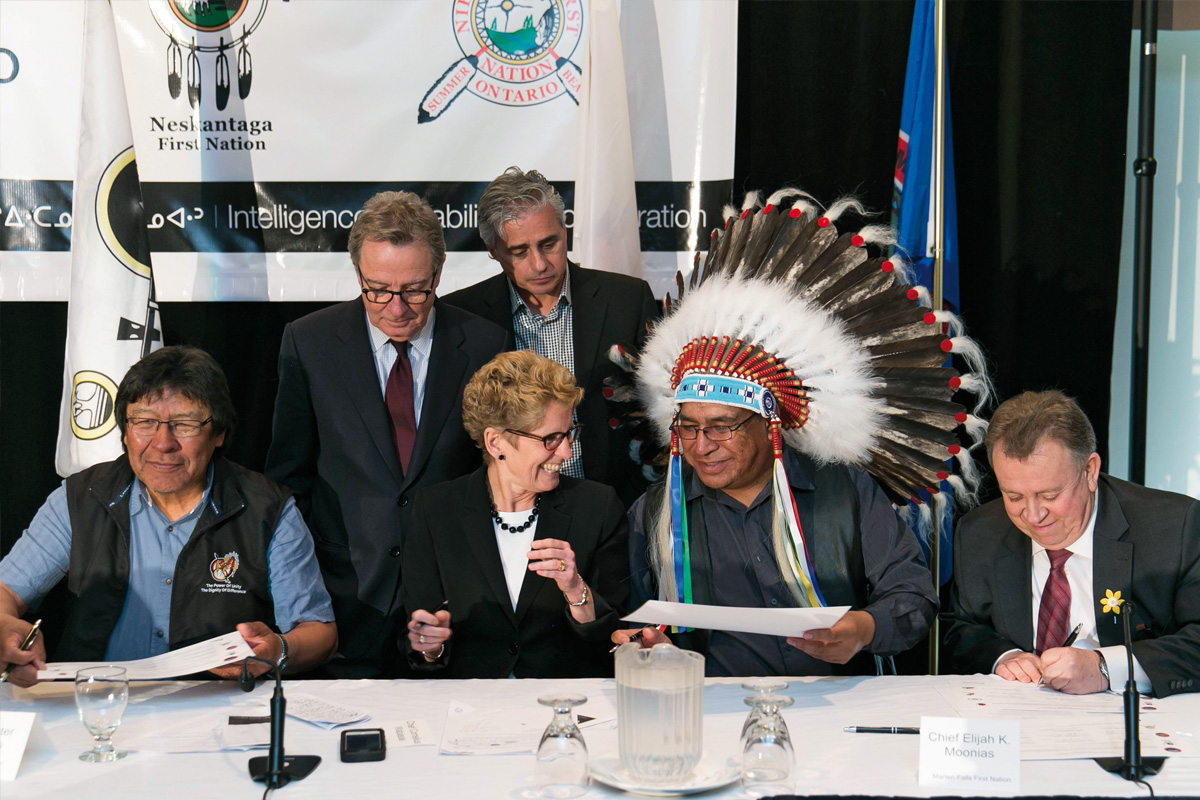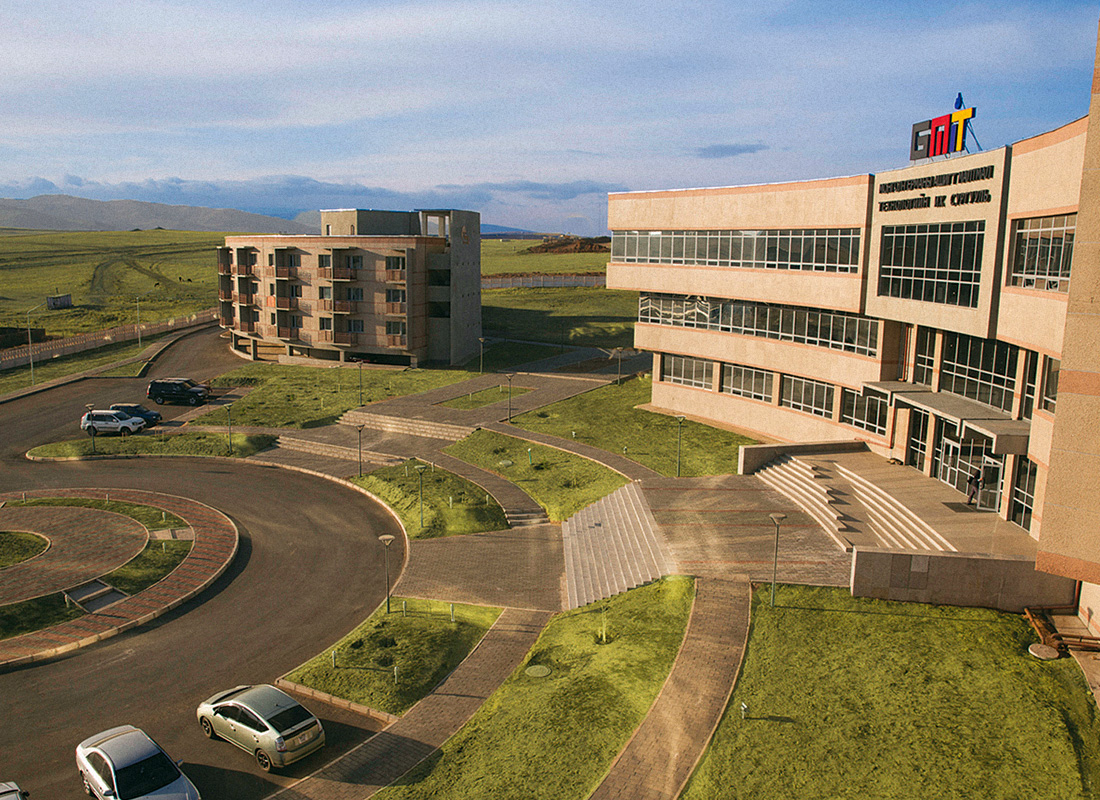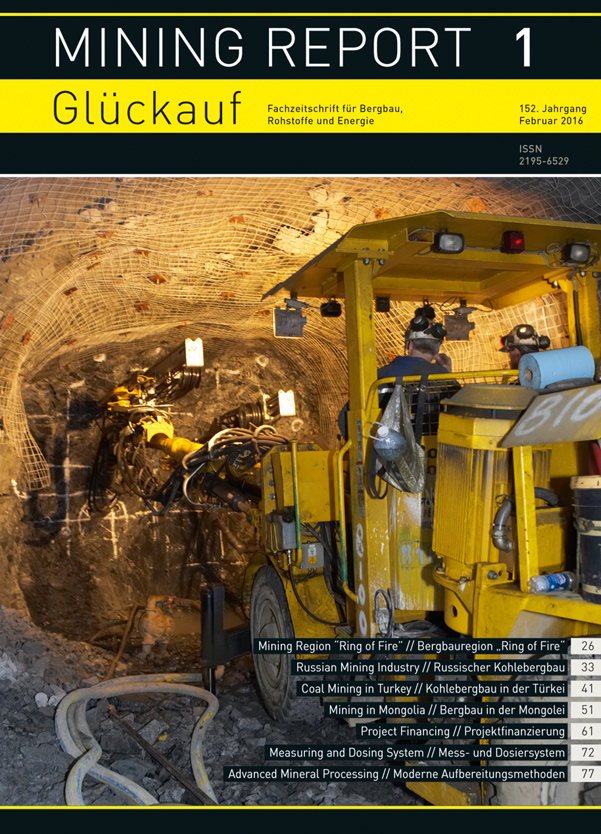The present issue marks the start of Mining Report Glückauf’s second year of publication since its re-acquisition by the German Coal Association. Looking back over 2015 it can be said that the decision to introduce thematic categories, as well as to devote a special section to ISSA Mining and place a greater focus on non coal mining themes, has proved to be the right one. This has been confirmed not only by the positive trend in subscriber numbers but also through individual comments …
Read moreWith my best regards // Mit freundlichem Glückauf
Dipl.-Ing. Andreas-Peter Sitte
Chief Editor Mining Report Glückauf, Herne
Current Developments in the Russian Mining Industry
The Russian economy is set to shrink by 3.5 to 4.0 % in 2015 and this recession is expected to continue through 2016. Oil prices are now at an all-time low and are predicted to remain so for the time being. The conflict in eastern Ukraine has flamed up again and this makes any lifting of Western sanctions unlikely. The prospects for economic recovery in Russia therefore remain poor. Yet while Moscow seems to be intent on forcing an upturn in the fortunes of the coal industry, there were by the end of 2015 clear warning signs for the government. Russian coal exports were on the decline throughout the year and imports of coal to China, including those from Russia, were dramatically cut back, while renewables based electricity is growing in popularity, even in Russia. Despite all this the Russian Government remains resolved to invest heavily in expanding coal production and to subsidise the building of power stations along with the coal export sector.Author: Peter v. Hartlieb, Bereichsleiter Netzwerk Bergbauwirtschaft, EnergieAgentur.NRW, Düsseldorf
Read more
Potentials of the Mining Region “Ring of Fire” in the Province of Ontario

Fig. 4. Ontario and Matawa First Nations Regional Framework Agreement. // Bild 4. Ontario und Matawa First Nations Regional Framework Agreement. Photo/Foto: MEDEI
Ontario is Canada’s economic powerhouse in many respects. It is the most populous province, with a population of 14 million people. 39 % of all Canadians live in Ontario and 46 % of the country’s manufacturing output is generated here. It is also the financial center, with 45 % of all financial services employment in Canada. The development of the mining region Ring of Fire in Ontario´s north started in 2001 and not only influences the economical forces of the province but those of the whole country.
Author: Terrie Romano, Konsulin Wirtschaftsangelegenheiten der Provinz Ontario, Konsulat von Kanada, München
Read moreFinancing of International Mining Projects
As an industrial nation, Germany is obliged to safeguard its supplies of natural resources by obtaining a number of different raw materials that are not available, or cannot be supplied in sufficient quantities, on the domestic market. From a German perspective the development of overseas mineral deposits therefore plays a vital role when it comes to externally sourced commodities, and particularly energy resources, metals and/or metal ores and a number of industrial minerals. Although there are just a few German companies currently engaged directly in their own foreign mining operations, including AMG Mining AG (Graphit Kropfmühl), Cronimet Mining AG and K+S AG, it would not be possible to develop new mineral deposits without some form of financial backing. This applies equally to projects that contribute indirectly to the supply of raw materials through intermediaries or purchasing agreements.The following paper presents a brief outline of the different types of players currently involved in the commodity financing business and uses the life cycle of a natural-resources project to show the different forms of capital that can come into play for the various phases of the operation. Different forms of project development are depicted, based both on equity capital and on debt capital. When it comes to debt capital the focus is put on the different types of financing available for project companies (junior miners) on a non-recourse basis, as this form of mining project development ideally illustrates the challenges that can arise in the field of project funding.
Author: Tim Langenbach, Vice President Metals & Mining, KfW IPEX-Bank GmbH, Frankfurt/M.
Read moreMining in Mongolia – Everything is Possible

Fig. 2. German-Mongolian Institute for Resources and Technology (GMIT). // Bild 2. Deutsch-Mongolische Hochschule für Rohstoffe und Technologie (DMHT). Foto: DMHT
After presenting a brief description of the challenges that Mongolia is currently facing, the paper goes on to discuss four of the 20 or more mining projects that are under way in the country at the present time. The three ventures in question are at Oyu Tolgoi, Tavan Tolgoi, Erdenet and Tsagaan Suvarga. Germany has always enjoyed close economic ties with Mongolia and this explains the presence of two German business institutions, whose functions are described in more detail below. The revitalised German-Mongolian resource partnership, which is backed up by well-connected German-Mongolian institutions, offers great prospects for German companies on the Mongolian market.
Author: Rebecca Schmücking, Coordinator German-Mongolian Economic Committee, German-Mongolian Business Association (DMUV), Ulaanbaatar, Mongolia
Read moreRedefining Deposit’s Reserves by Advanced Mineral Processing Approaches
The estimation of a deposit’s reserves depends on the geological and mineralogical characteristics as well as the market value of the product. It is also influenced by the mining and mineral processing technology applied and the respective costs generated. Ongoing challenges such as decreasing prices, lower grade ores, rising labour and equipment costs call for new approaches. This paper highlights some of those in the processing of ores such as selective comminution or confined particle-bed breakage which might lead to increased recovery and reduced costs. Those advanced mineral processing approaches are based on in-depth knowledge of the comminution behaviour of the ores. Such knowledge is gained through investigation of the minerals using Mineral Liberation Analyser or Quantitative Microstructural Analysis. The option of recovering even low grade ores economically using advanced mineral processing technologies may finally lead to a re-evaluation of the reserves of deposits. The paper is based on the author´s presentation on the 26th Annual General Meeting and Conference SOMP 2015 at 24th June 2015 in Freiberg/Germany.Author: Prof. Dr.-Ing. Holger Lieberwirth, Institute of Mineral Processing Machines, TU Bergakademie Freiberg, Freiberg/Germany
Read moreCoal Mining in Turkey
Over the past ten years, thanks to billions in loans from the International Monetary Fund, a consistent policy of austerity, and strict spending discipline, Turkey has managed to avoid national bankruptcy and has experienced an economic boom with growth of up to 9 %. A stable political situation, economic reforms, low wages and the privatisation of most state-owned companies have been attracting Turkish and international investors for a decade. Protests against the government’s hard line did cost the country points in terms of its global reputation and in the economy, but they did not raise any prolonged doubts among investors regarding Turkey’s political stability. In addition to China, Turkey is one of the most important future markets for German manufacturers of mining machines and for German mining consultancy firms. This paper provides an overview of the status and outlook for mining activities in Turkey, and pays particular attention to the production of coal for Turkey’s energy supply.Authors: Peter v. Hartlieb, Bereichsleiter Netzwerk Bergbauwirtschaft, EnergieAgentur.NRW, Düsseldorf, Ulrich Ruppel, Geschäftsführer, und Dirk Wagner, Senior Project Manager, DMT Consulting GmbH, Essen
Read moreMeasuring and Dosing System for Operating Fluids Used in Longwall Hydraulic Systems for the Economic Optimisation of Shield Supports
The estimation of a deposit’s reserves depends on the geological and mineralogical characteristics as well as the market value of the product. It is also influenced by the mining and mineral processing technology applied and the respective costs generated. Ongoing challenges such as decreasing prices, lower grade ores, rising labour and equipment costs call for new approaches. This paper highlights some of those in the processing of ores such as selective comminution or confined particle-bed breakage which might lead to increased recovery and reduced costs. Those advanced mineral processing approaches are based on in-depth knowledge of the comminution behaviour of the ores. Such knowledge is gained through investigation of the minerals using Mineral Liberation Analyser or Quantitative Microstructural Analysis. The option of recovering even low grade ores economically using advanced mineral processing technologies may finally lead to a re-evaluation of the reserves of deposits. The paper is based on the author´s presentation on the 26th Annual General Meeting and Conference SOMP 2015 at 24th June 2015 in Freiberg/Germany.Authors: Ulrich Schmitz, Dr. Hans-Hermann Hunfeld, Tiefenbach Control Systems GmbH
Read more